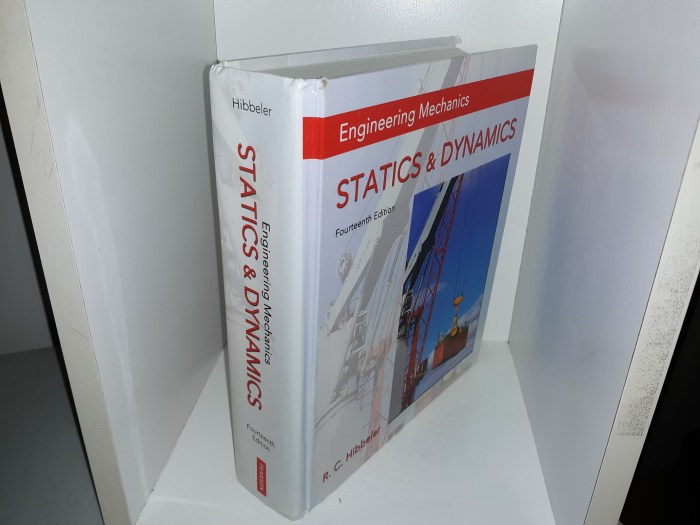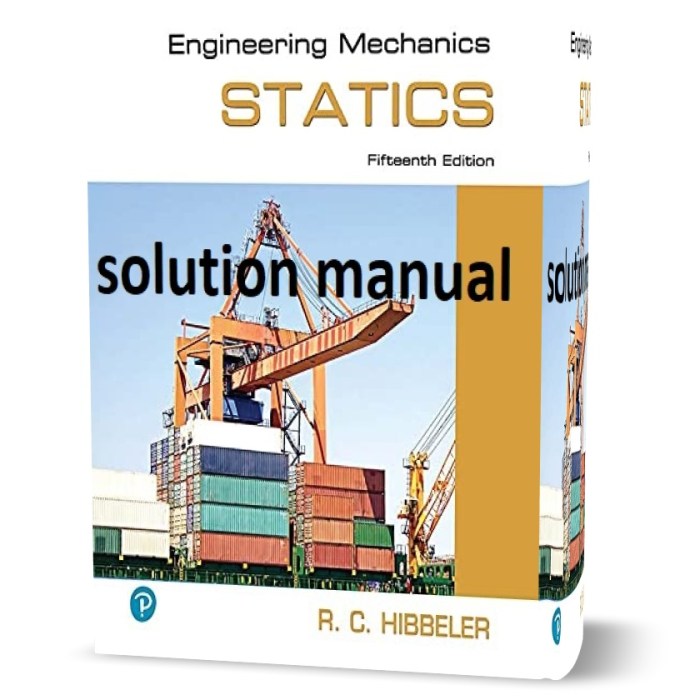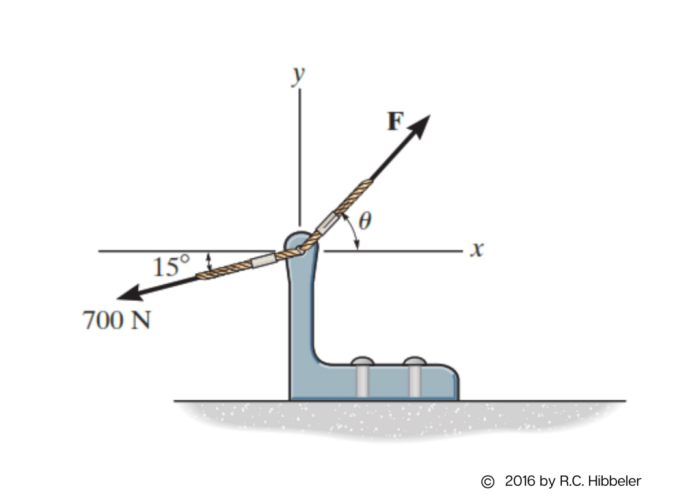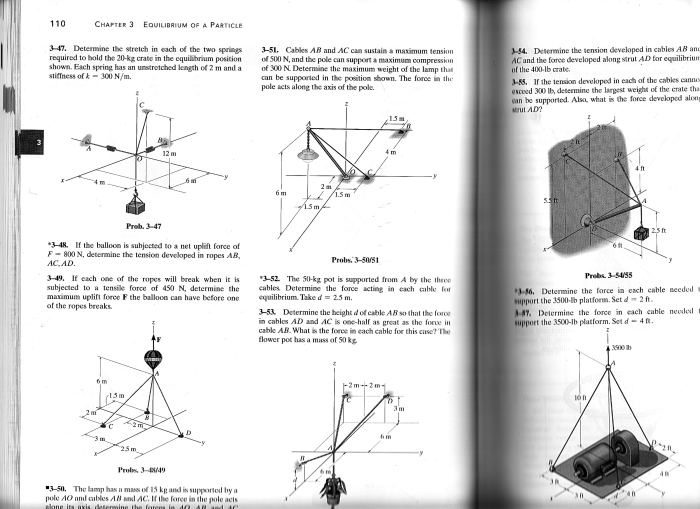Engineering Mechanics Statics and Dynamics 15th Edition provides a comprehensive and up-to-date introduction to the fundamental principles of engineering mechanics. This classic textbook covers the essential concepts of statics and dynamics, providing students with a solid foundation for further studies in engineering.
The 15th edition has been thoroughly revised and updated to reflect the latest developments in engineering mechanics. It includes new examples and applications, as well as a wealth of online resources to enhance student learning.
1. Introduction to Engineering Mechanics Statics and Dynamics 15th Edition
The 15th edition of Engineering Mechanics Statics and Dynamics is a comprehensive and up-to-date textbook that provides a solid foundation in the field of engineering mechanics. This edition has been extensively revised and updated to include the latest advances in the field, making it an essential resource for students, practicing engineers, and researchers.
The textbook covers a wide range of topics in statics and dynamics, including forces, moments, equilibrium, motion, acceleration, and forces. It also includes a wealth of worked examples and practice problems to help students master the concepts.
Key Concepts Covered in the Textbook
- Statics: forces, moments, equilibrium
- Dynamics: motion, acceleration, forces
- Applications of engineering mechanics in various engineering disciplines
- Problem-solving techniques
- Advanced topics in engineering mechanics
2. Statics

Statics is the branch of engineering mechanics that deals with the analysis of forces and moments acting on stationary objects. The fundamental principles of statics include the laws of equilibrium, which state that the net force and net moment acting on an object must be zero for the object to be in equilibrium.
Statics has a wide range of applications in engineering, including the design and analysis of structures, machines, and systems. For example, statics is used to determine the forces and moments acting on a bridge, a building, or a machine.
Examples of Static Analysis in Real-World Engineering Applications
- Design of bridges
- Analysis of buildings
- Design of machines
3. Dynamics: Engineering Mechanics Statics And Dynamics 15th Edition

Dynamics is the branch of engineering mechanics that deals with the analysis of forces and moments acting on moving objects. The fundamental principles of dynamics include Newton’s laws of motion, which state that the acceleration of an object is directly proportional to the net force acting on the object and inversely proportional to the mass of the object.
Dynamics has a wide range of applications in engineering, including the design and analysis of vehicles, aircraft, and spacecraft. For example, dynamics is used to determine the forces and moments acting on a car, an airplane, or a rocket.
Examples of Dynamic Analysis in Real-World Engineering Applications, Engineering mechanics statics and dynamics 15th edition
- Design of vehicles
- Analysis of aircraft
- Design of spacecraft
4. Applications of Engineering Mechanics Statics and Dynamics

Engineering mechanics statics and dynamics are essential tools for engineers in a wide range of disciplines, including civil engineering, mechanical engineering, and aerospace engineering.
In civil engineering, statics and dynamics are used to design and analyze structures, such as bridges, buildings, and dams. In mechanical engineering, statics and dynamics are used to design and analyze machines, such as engines, turbines, and robots. In aerospace engineering, statics and dynamics are used to design and analyze aircraft, spacecraft, and rockets.
5. Problem-Solving Techniques
Engineering mechanics problems can be solved using a variety of techniques, including free body diagrams, equations of motion, and energy methods.
Free body diagrams are used to represent the forces and moments acting on an object. Equations of motion are used to describe the motion of an object. Energy methods are used to solve problems involving energy transfer.
The choice of problem-solving technique depends on the specific problem being solved.
Examples of Problem-Solving Strategies for Statics and Dynamics Problems
- Using free body diagrams to solve statics problems
- Using equations of motion to solve dynamics problems
- Using energy methods to solve problems involving energy transfer
6. Advanced Topics

The 15th edition of Engineering Mechanics Statics and Dynamics also includes a number of advanced topics, such as elasticity, plasticity, and fluid mechanics.
Elasticity is the study of the behavior of materials under load. Plasticity is the study of the behavior of materials that undergo permanent deformation under load. Fluid mechanics is the study of the behavior of fluids.
These advanced topics are essential for engineers who are working in fields such as materials science, structural engineering, and fluid dynamics.
7. Appendices and Resources
The 15th edition of Engineering Mechanics Statics and Dynamics includes a number of appendices and resources to help students master the concepts.
The appendices include tables of physical constants, conversion factors, and other useful information. The resources include a solutions manual, a study guide, and a website with additional materials.
FAQ Section
What is the difference between statics and dynamics?
Statics is the study of forces and their effects on stationary objects, while dynamics is the study of forces and their effects on moving objects.
What are the fundamental principles of engineering mechanics?
The fundamental principles of engineering mechanics are Newton’s laws of motion and the law of conservation of energy.
What are some applications of engineering mechanics?
Engineering mechanics is used in a wide variety of applications, including the design of bridges, buildings, machines, and vehicles.